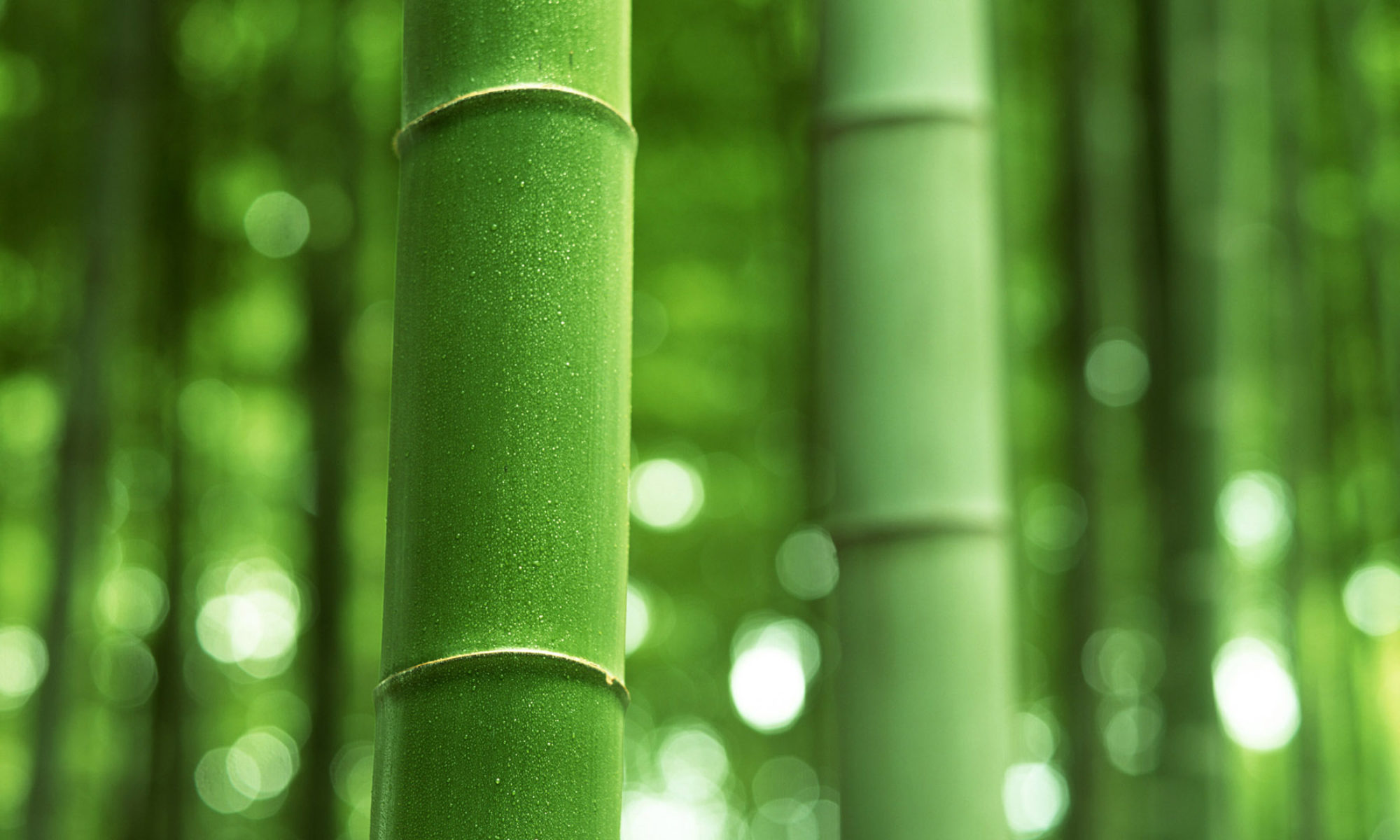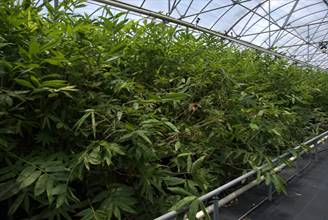Landscapers and homeowners are paying as much as $150 each for potted bamboo plants, and many growers are finding it hard to keep up with the demand. Why is bamboo so popular? It’s a versatile plant in the landscape, as it can be used for hedges, screens or as stand-alone “specimen” plants.
Bamboo is not just a tropical plant, as many cold-hardy varieties can handle sub-zero winters. Using pots in a bamboo business, it’s possible to grow thousands of dollars worth of profitable plants in a backyard nursery.
It’s important to know that growing bamboo is not a get-rich-quick scheme. You certainly won’t get rich overnight. So let’s do the math. Container-grown bamboo, on average, sells for $30 each. In a quarter acre, you can fit 2400 plants. Selling 2400 plants priced at $30 each will get you $72,000.
1. Can I grow bamboo in my area?
When you’re ready to begin, the first thing you need to consider is your climate and environment. If winter temperatures frequently drop below zero F. then you should consider growing something other than bamboo. If winter temperatures consistently stay above zero F. you should be able to grow healthy bamboo plants. Next, you need to think about your soil. Is it healthy enough to grow bamboo plants? Most bamboo plants will prefer soil with a neutral pH of around 7. The advantage of growing container bamboo is that you can easily mix a custom soil blend that is ideal for growing bamboo.
2. How much does it cost to start?
Your start-up costs will mainly be the cost of the plant starts. Try buying 20 different popular varieties to start out. How can you find out what’s popular? Talk to landscapers and commercial growers, and see what they’re typically buying and using. Our growing guide, Growing Bamboo For Profit, lists thirty of the most popular bamboo varieties, and wholesale sources as well.
3. How long does it take before I can start selling bamboo plants?
Once you’ve found the varieties you’d like to grow, you’re ready to purchase your starting stock. Many nurseries don’t carry a huge selection, so you should buy from wholesale growers. After you’ve planted your starting stock, be patient. Add organic slow-release fertilizer as necessary. During the spring of the second year, you should now be able to divide your plants to triple or quadruple your stock of bamboo plants.
4. How are bamboo plants propagated?
There are several methods, but the one that is the easiest and most economical for small growers is root division. Dividing your plants is how you really get your money’s worth from your plants. When you notice that new clumps are emerging from the ground, divide and re-plant. Remember to keep the rhizomes moist before and after planting.
5. Why grow bamboo plants in containers?
For the bamboo plants you plan to sell, consider propagating them in containers. Container-grown plants can be sold almost any time of the year. In addition, growing in containers and using drip irrigation can save on water consumption. When it’s time to sell, your back will thank you, as a container-grown plant does not have to be dug up before a customer can take it away. That’s important, as landscapers are in a hurry, and want to “load and go.” Remember to use containers (such as pots and planters) that can “breathe,” as this will help provide for sufficient water drainage.
6. How do I sell bamboo plants?
Here are 5 proven ways to market bamboo:
Direct Retail Sales: If your town allows it, you should consider selling bamboo for landscaping directly to the public. This lets you get to know customers in your area, and build customer loyalty. Plus, unlike wholesale, you get paid right away.
Bamboo Products: Here’s your chance to get creative. Instead of simply selling bamboo, sell bamboo products. During the winter time, the plants will become dormant. Then, bamboo poles can be harvested, and then turned into a variety of products, such as privacy screens, garden art, water pipes, fencing, vases and parrot stands.
Landscapers: You can make great profits selling directly to landscapers. Landscapers and commercial gardeners like to buy their plants in quantity, and when they find a business they like, they’ll continue to buy more and more plants. Find out what they’re looking for, and if you can grow healthy plants at a reasonable price, you’ll do well. Put together a flyer listing what you have to offer, and start passing it out.
Garden Centers: Like landscapers and commercial gardeners, garden centers have to get their plants from somewhere, so why not you? Visit your local garden center and see what bamboo plants they’re stocking and selling. Talk to them and find out what they’re looking for. Again, if you can offer just what they need at reasonable prices, then you could see a lot of repeat business.
Growing U-Cut Bamboo: Borrowing a successful sales method from U-cut Christmas tree growers, an enterprising bamboo grower has developed a unique part-time business that brings yearly profits of over $40,000 working just one day a week. He sells U-cut bamboo by the foot on his one-acre bamboo patch. He planted several varieties to give customers a choice of colors and sizes, ranging from pencil-thin stalks to huge 6 inch diameter timber bamboo poles.
One Oregon bamboo grower has focused on an even smaller niche for this profitable plant, specializing in producing six varieties of bamboo that are just the right size for fencing, with poles from 2 inches to 3 inches in diameter. He produces “value-added” fencing panels 6 feet high (the maximum height allowed by most building codes) and 8 feet wide, drilling and threading the poles together with copper wire. His two acre bamboo farm is sold out every year, with about half the customers buying just poles to make their own fences and the other half buying ready-to-go fence panels.
7. What are the best bamboo varieties to grow?
Most growers try to grow a mix of dwarf bamboo, which are under 8’ tall, midsize bamboo, which are 8’ to 20’ tall, and timber bamboo, over 20’ tall. Grow the smaller bamboo plants for the lower priced volume market, and larger bamboo plants for the higher prices that landscapers and homeowners willingly pay.
8. When is bamboo harvested?
There is such a diversity of bamboo plants and uses, that bamboo can be harvested in all seasons. That’s the advantage of container growing, it give a grower flexibility in marketing their plants. Most plants sold for landscaping use are purchased in the spring and fall, while mature bamboo that is grown for poles is sold in the spring and summer.
9. What about value-added bamboo products?
Because bamboo truly is the “most useful plant in the world,” there are thousands of products made from it, from fencing to backscratchers. One of the best ways for growers with a backyard patch of suitable bamboo varieties to profit is by creating “value-added” bamboo products, such as arbors, fencing, garden gates, trellises, water fountains and other landscape features. During the slow winter season, one Georgia bamboo grower makes several sizes of bamboo water fountains and bamboo water pump/deer clackers. These are sold at garden centers in the area for over $100 each, yet cost almost nothing for materials, merely the time it takes to harvest the bamboo and assemble the units, which takes about a half-hour.
10. Can this be a part-time business?
Yes, it’s easy to take care of a bamboo nursery, as the containers reduce weeding, watering, fertilizing and digging time. It’s almost like putting the business on “autopilot” compared to the old-fashioned way!


